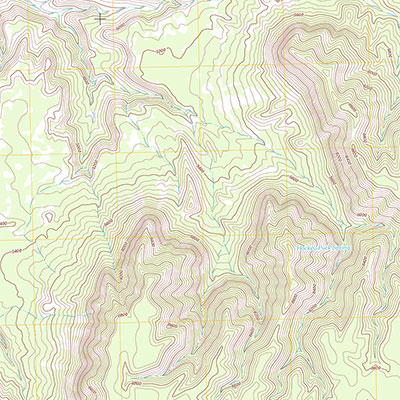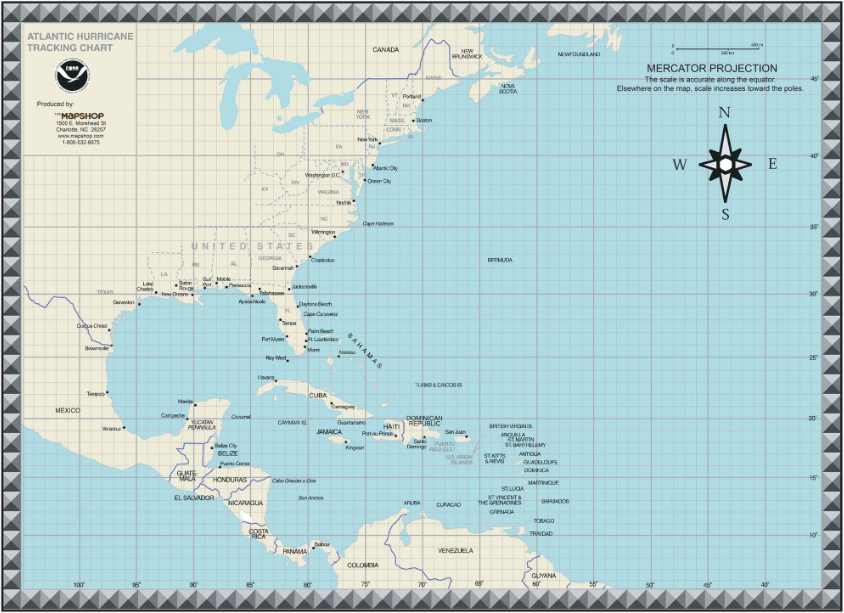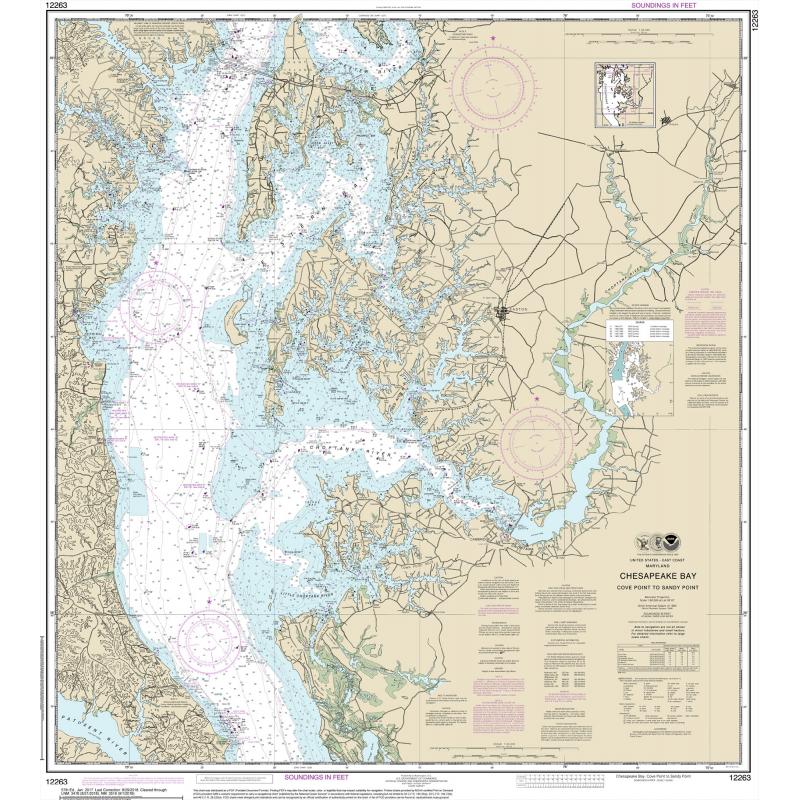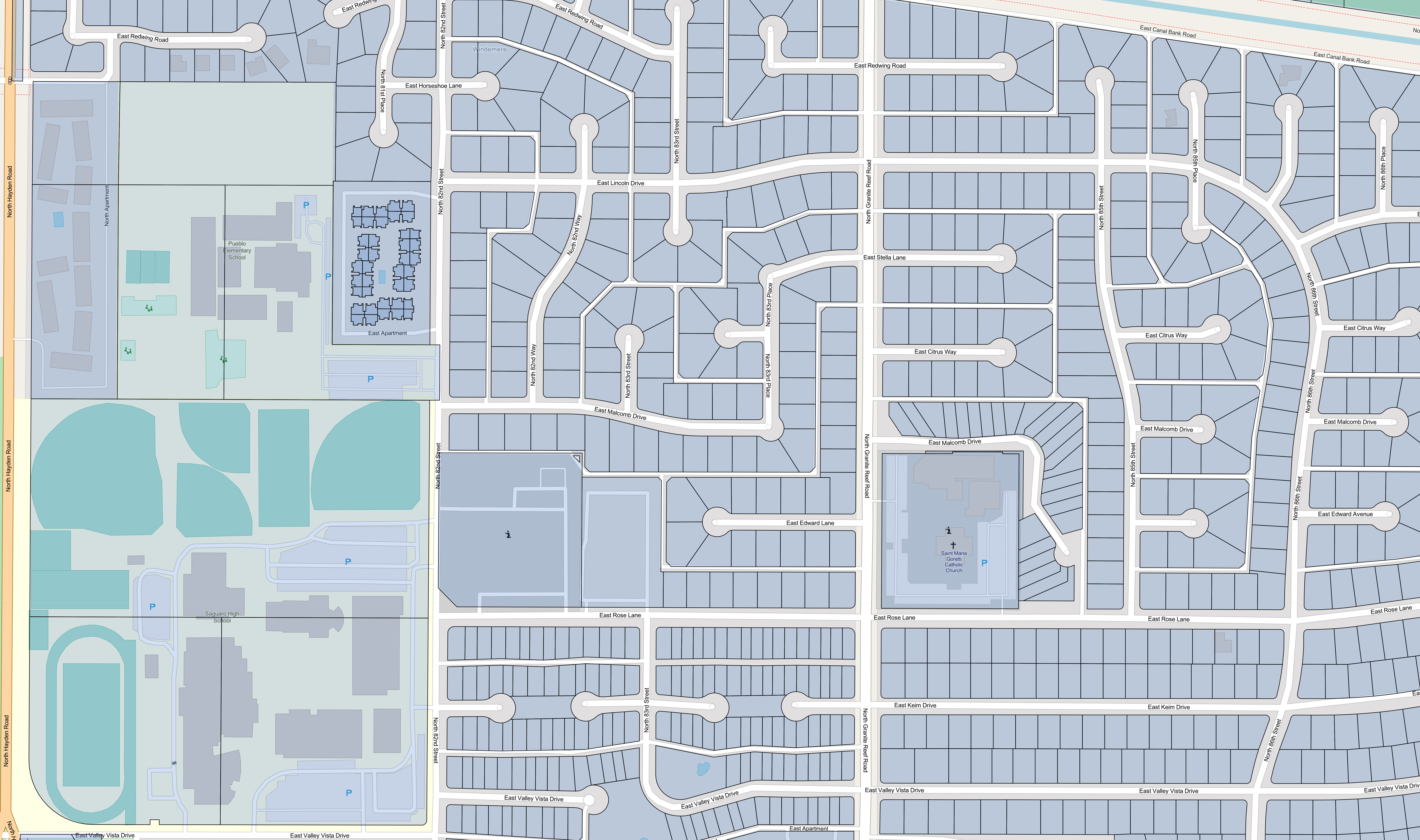Maps And More … But What Is It Really?
Everyone has seen and used maps before – in the classroom, while looking for a specific tourist attraction, or trying to find the right road in a new city. Anybody who has so much as opened a textbook has interacted with one. But the reality is that most people don’t know almost anything about these educational and practical tools, including the fact that there’s a lot more offered than the traditional world map everyone remembers from 7th-grade social studies.

Find yourself part of these ranks? Not to worry. We’re here to help. Keep reading to learn a few of the basics, including what maps are and the various kinds you’ll potentially run into throughout the years.
Let's Get Started
We know, we know – it’s a bit of a weird question. Fair enough! But it’s still one that bears asking since there’s a lot more to maps than people might initially think.
For a straightforward definition, a map is a symbolic representation of a place, one that showcases and communicates a selected group of characteristics. Almost universally, maps are drawn or printed on a flat, two-dimensional surface, only recently skewing from this thanks to modern computer graphics programs.
Created by people called ‘cartographers,’ these representations are made to present information about our world in an easy-to-digest way and (hopefully) help us to better understand our Earth and thus also our place on it

There is not only one kind of map, though. In fact, there are several different types, all keying in on specific information than another and finding themselves used for all sorts of purposes. And it’s not just a matter of visually representing states over countries or guiding people along hiking trails versus around their city’s streets, either.
There’s a map for practically anything – from aiding meteorologists to predict the weather to providing navigation on the seas to allowing explorers to find their way in our national parks and more.
Common Types Of Maps
The fact that there’s pretty much no end to the kinds of maps available means there’s no way we can delve into each on a thorough, individual basis. We’d be here for weeks, if not months, and odds are you have way more entertaining things to do with your time than here (or rather, read) us endlessly lecture on this topic. We can go over some of the most common types that you might encounter, though. These include:
General Reference/Planimetric
General reference maps, also often known as planimetric maps, are those that depict rather large areas and display critical physical features of them. Usually simple and straightforward to read, they’re great for both practical use and purely educational alike and are the most common maps that people have access to on the regular. Road maps, early mappings of the Earth, tourist maps, and street guides all fall under this umbrella.
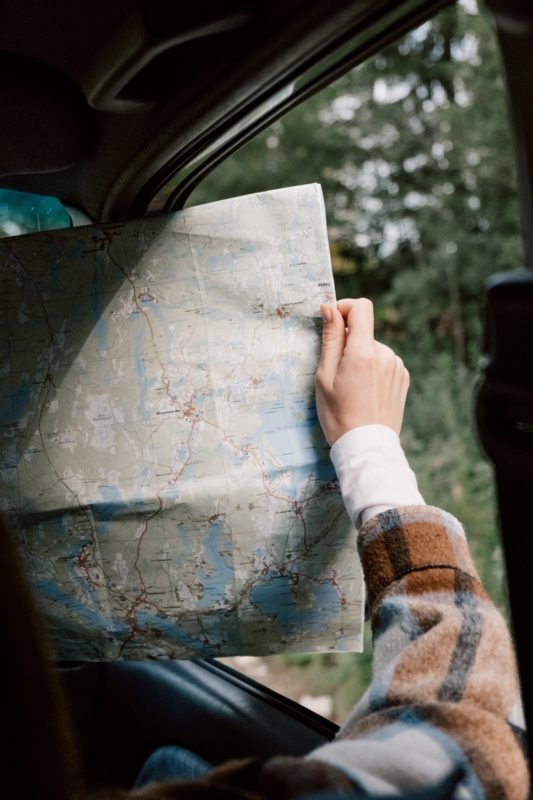
Topographic
Topographic maps share some similarities with general reference ones, acting as a sort of landscape summary and representing important natural and human-made features of the world around us. However, they do diverge some, with the main difference being that topographic maps display elevation information in detail with something called ‘contour lines.’ Roads, buildings, towns, and other essential areas of settlement are the main focus of these maps, although they can occasionally shift the emphasis onto other things like vegetation.
Thematic Maps
Thematic maps are precisely what they say on the tin. You guessed it, they provide specialized information on a particular theme or topic. These are considerably different from the other map types listed already, portraying more focused, uncommon knowledge and doing it in ways that are as simple or as complicated as they warrant.
Scale, measurements, statistics, and interpretations can be remarkably varied, even when sharing the same topic, changing up the presentation, level of detail, and supplied secondary information. Weather and geology maps are both prime examples of this. So, if you ever wanted to yell at the meteorologist on channel 10 for being completely opposite of the one on 3, blame the maps! Or you can still blame them – we won’t tell you how to live your life.
Navigational Charts
Another obvious one, but we’ll sum it up anyways. Navigational charts are for – well – navigation. They combine several of the characteristics and aspects found in general reference, topographical, and thematic maps and are meant to help planes, ships, boats, etc., travel and land in a safe manner.
They play a big role in this and have throughout their centuries-long history. Luckily, they’re in a position to do so, tightly regulated with defined standards that all navigation chart-makers must follow to the T. Land features, coastline features, potential dangers, water depth, significant landmark locations, and more typically make their way onto these charts while main roads of surrounding areas and such do not.
Cadastral Maps and Plans
Last but certainly not least, cadastral maps are maps comprised of several cadastral plans joined together. Helpful, we know. Well, for those not in the know, cadastral plans are documents that visually relay information about the boundaries of real estate properties.
Primarily done to legally establish and uphold land ownership, they usually only come up when new parcels of land are being sectioned off and created, existing properties get divided up into multiple new titles, neighbors need to double-check boundaries before putting up fencing, buildings, etc., or you want to grant someone an easement. That translates to their use being incredibly infrequent, particularly on an individual scale. Although, cadastral maps are still essential for proper record keeping, meaning agencies and local governments get the most use out of them.
What Do I Need?
The type of map that you get will heavily depend on the type of map that you need! Our Topographic maps are popular with those who like to hike while Nautical Charts are perfect for the avid voyager in your life!
Looking for something a little more specific for your needs that you can’t find? We can always make a custom map for you as well that has everything you need included already! Learn more about those options HERE.

